Enjoy your garden wildlife this spring and summer by turning your outdoor space into a haven for birds, bees, butterflies and pollinating insects. Even making just a couple of small changes can make a big difference.
Whether you have large country garden, a concrete patio or a small balcony, learn how to create a wildlife-friendly garden with these simple gardening ideas.
Offer a water source
Water is the number one resource that will instantly improve the attraction of any garden to wildlife. It’s not just frogs and newts that will appreciate the addition. Birds, hedgehogs, bats and bees all need water to survive, so having it available at a range of heights day and night could make a big difference. This is especially vital in freezing temperatures when water may be hard to come by.
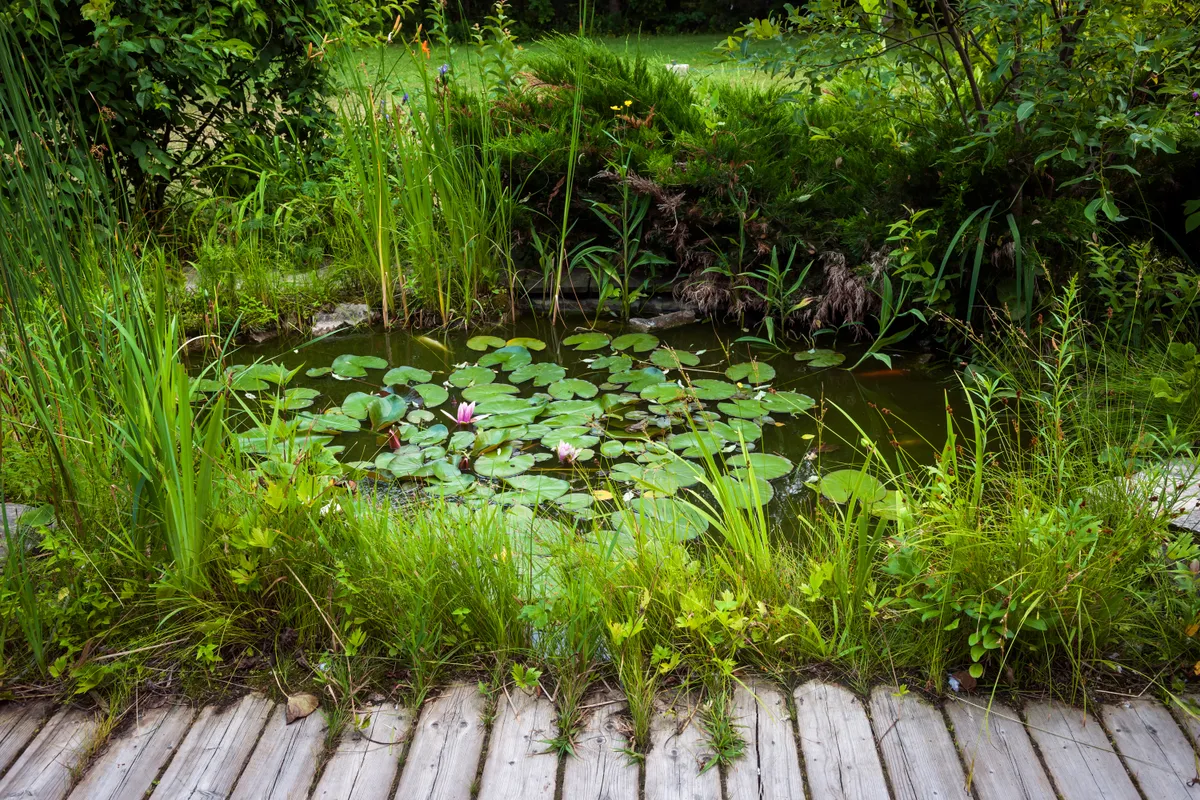
Why not build a garden pond? Or in smaller spaces use an old bucket, sink or bath to add some water. Use stones and logs to build up sloping sides that creatures can use to get in and out of the water, and remember to add some native oxygenating pond plants to prevent the water going stagnant.
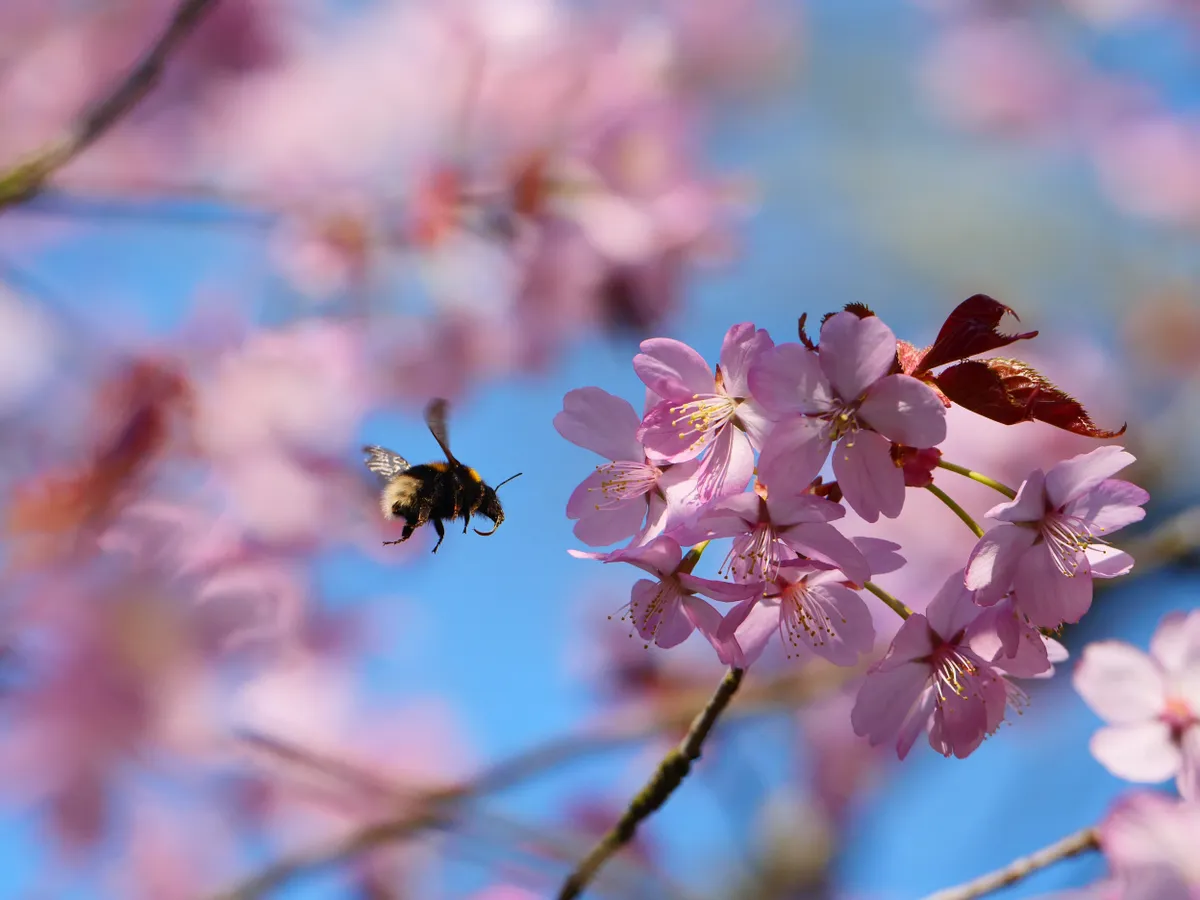
Provide easy access for wildlife
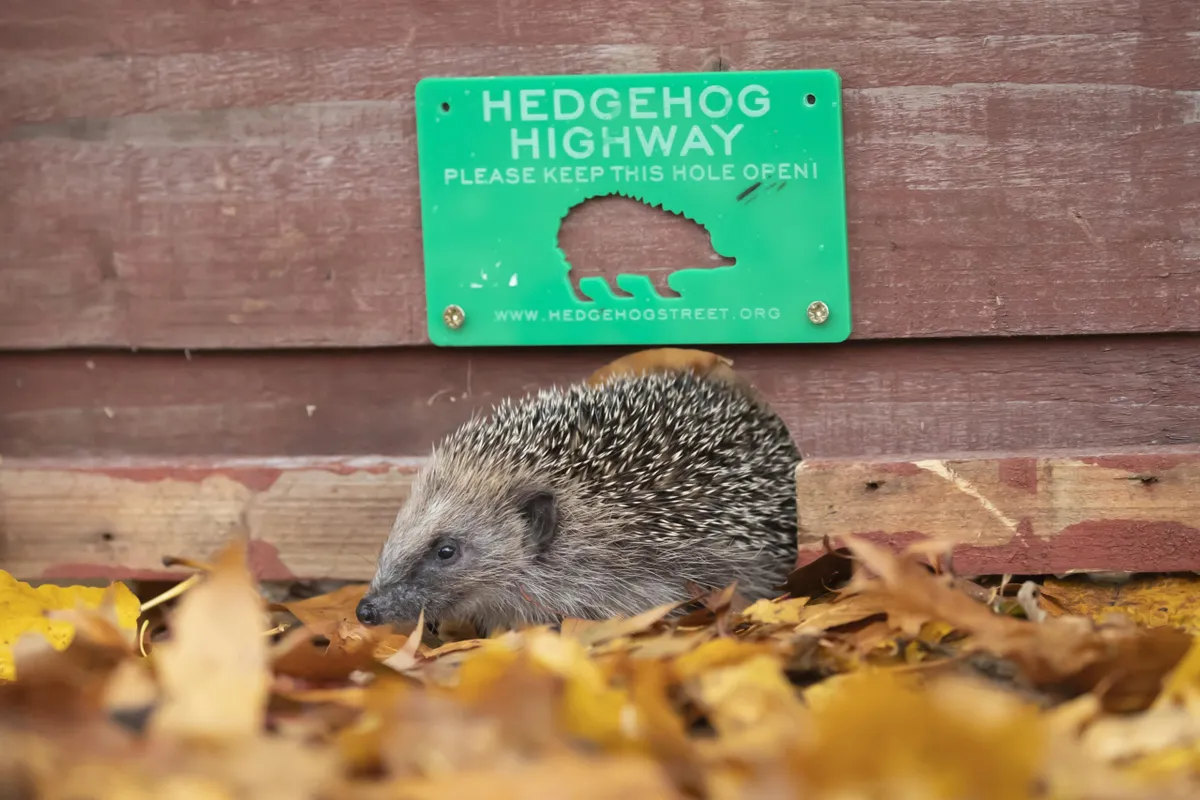
You can have the most fantastic wildlife garden in the world, but it won’t be much good if animals can’t access it. Think about how wildlife can get in and out of your outdoor space and where they will go once they leave. Add a hole in the bottom of your fence so that low lying creatures such as toads and hedgehogs can move through or even better, replace your fence with a native hedgerow.
Make best use of your space
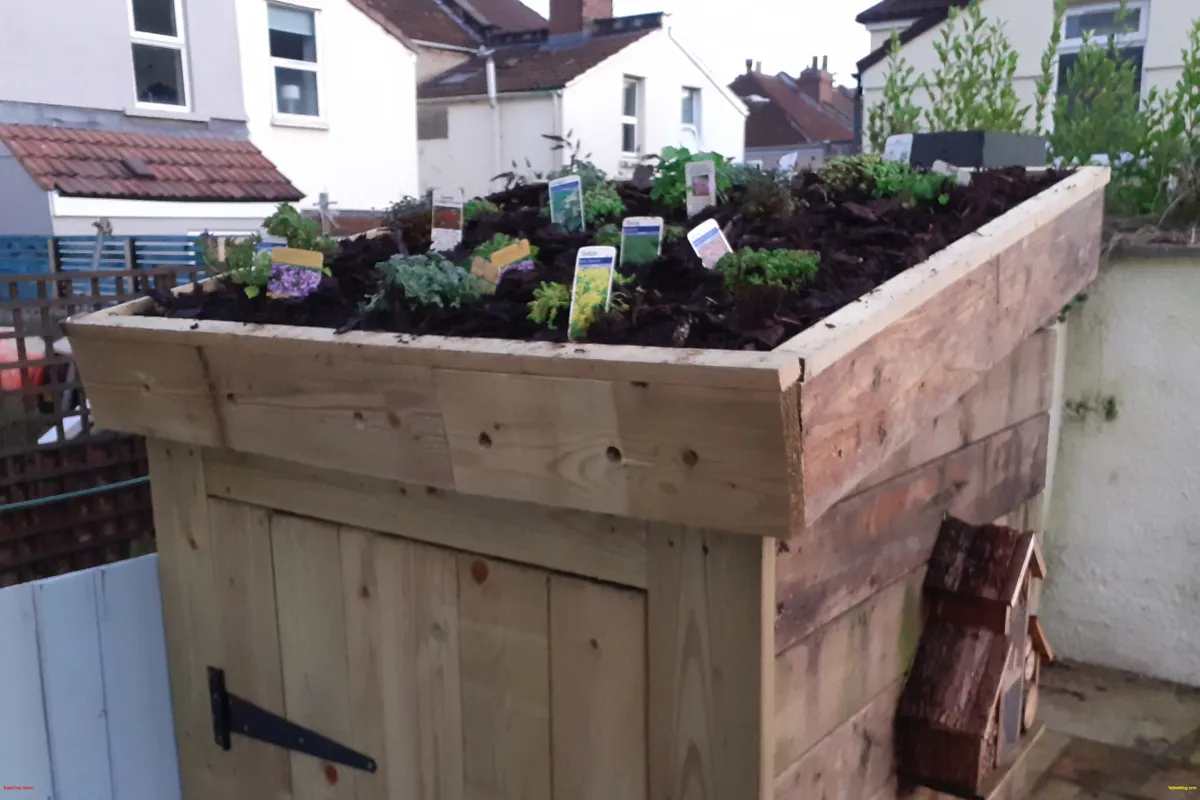
Don’t feel that your space is too small to be valuable for wildlife, a garden of any size and shape has the potential to welcome furry visitors. Vertical surfaces, textured walls, even bin stores and the tops of bird boxes can be used to create extra habitat. Why not hang some wildflower baskets or plant low lying herbs into the cracks and crevices of your patio. Small holes drilled into fence posts can be used by solitary bees in spring or hibernating ladybirds and lacewings in autumn.
See how to create a living roof
Build a home
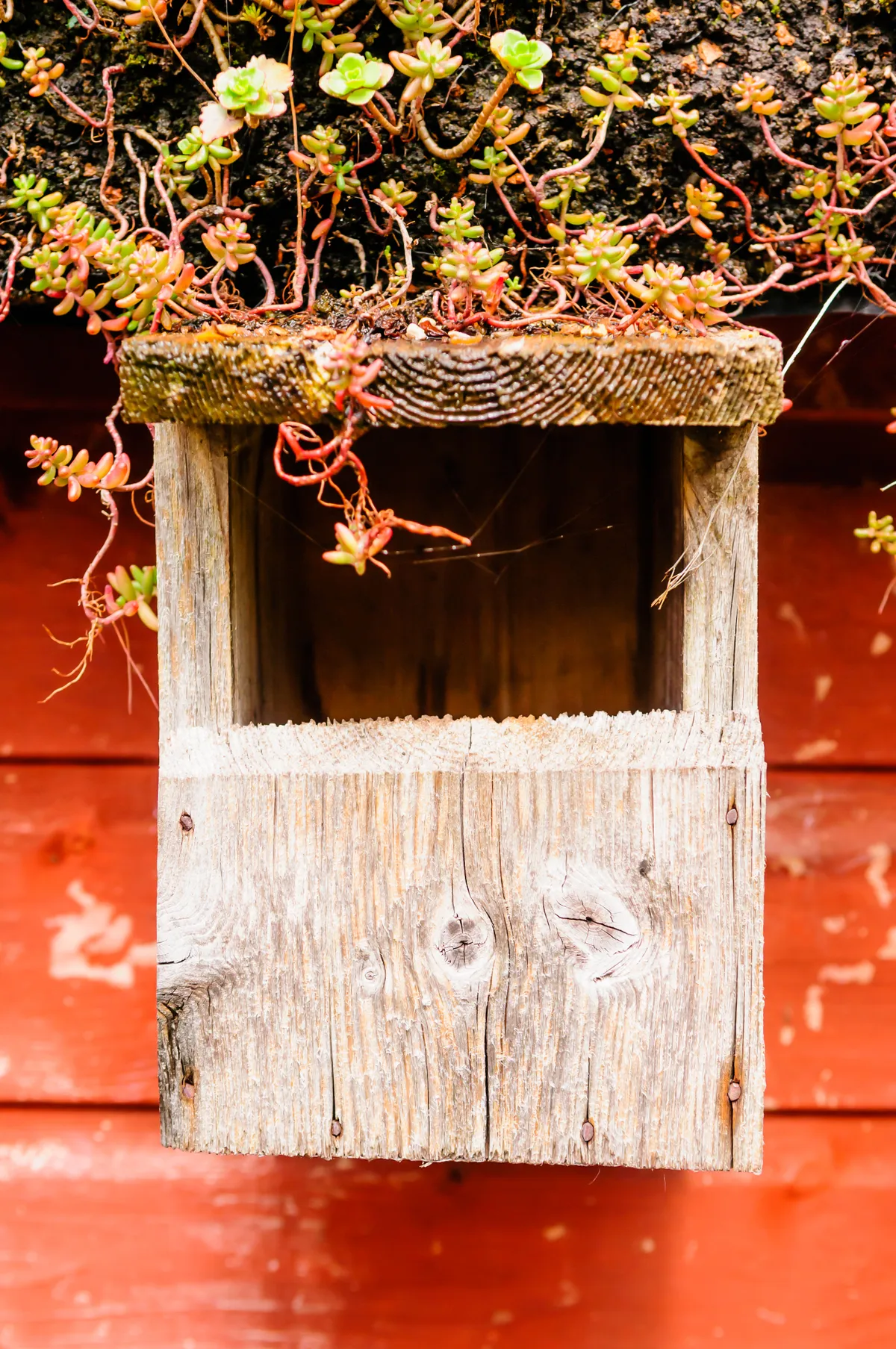
Bird boxes are a great addition to a garden, and by adding a camera you can really get to know your feathered friends. Remember to think about providing the resources that the birds will need if they decide to nest such as water and insect-rich sources of food. Bird seed is not nutritious enough for baby birds; they need lots of natural sources of protein to have a chance of making it to adulthood.
Add something edible
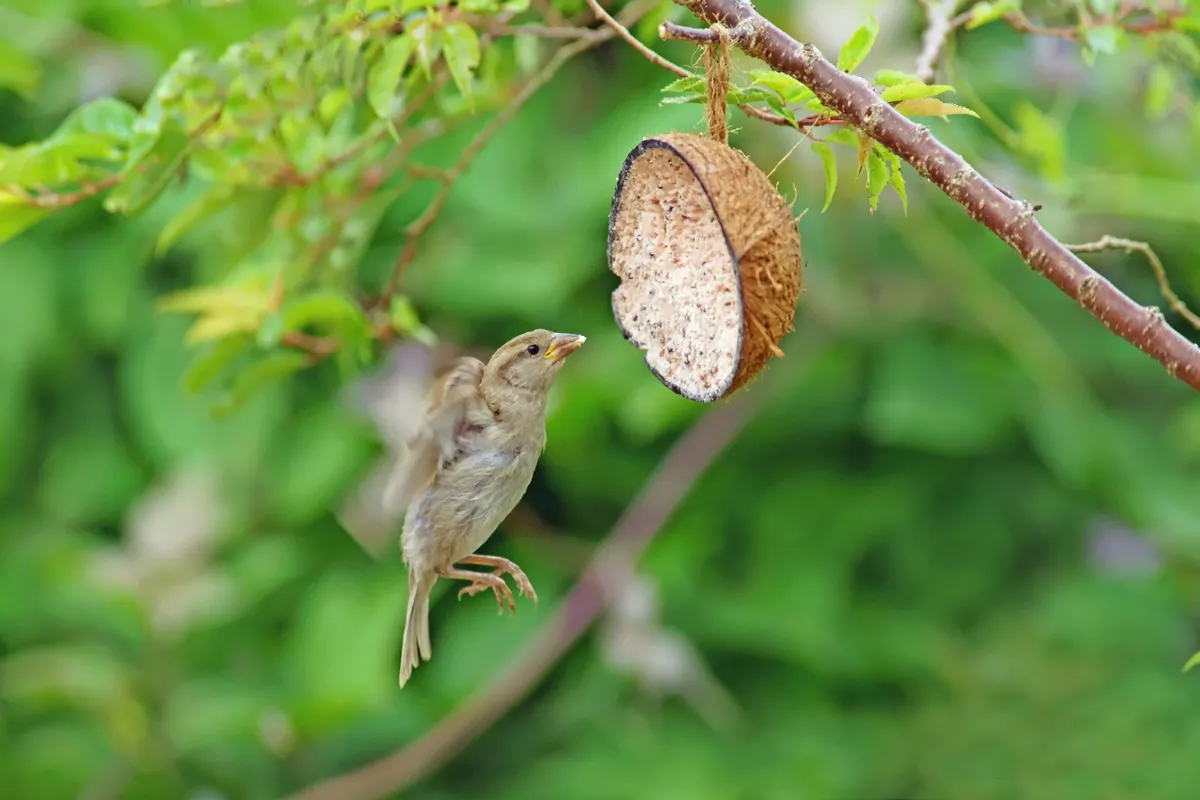
This can be a good time of year to add something edible for you and for wildlife into your garden. You could add a fruit bush or even a whole hedge. In smaller spaces plan for a herb garden or a small veg patch and start preparing the area. You could simply use a grow-bag on your balcony or roof terrace.
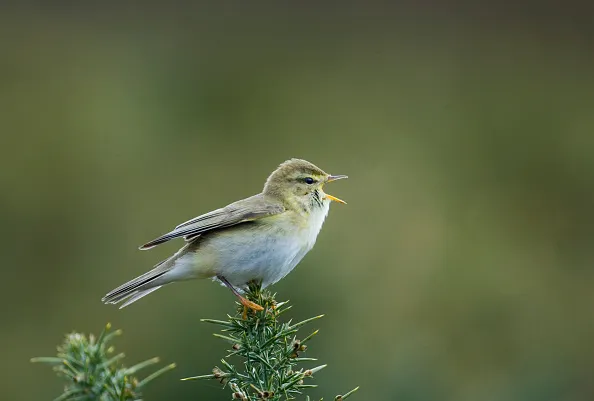
Record your garden wildlife sightings
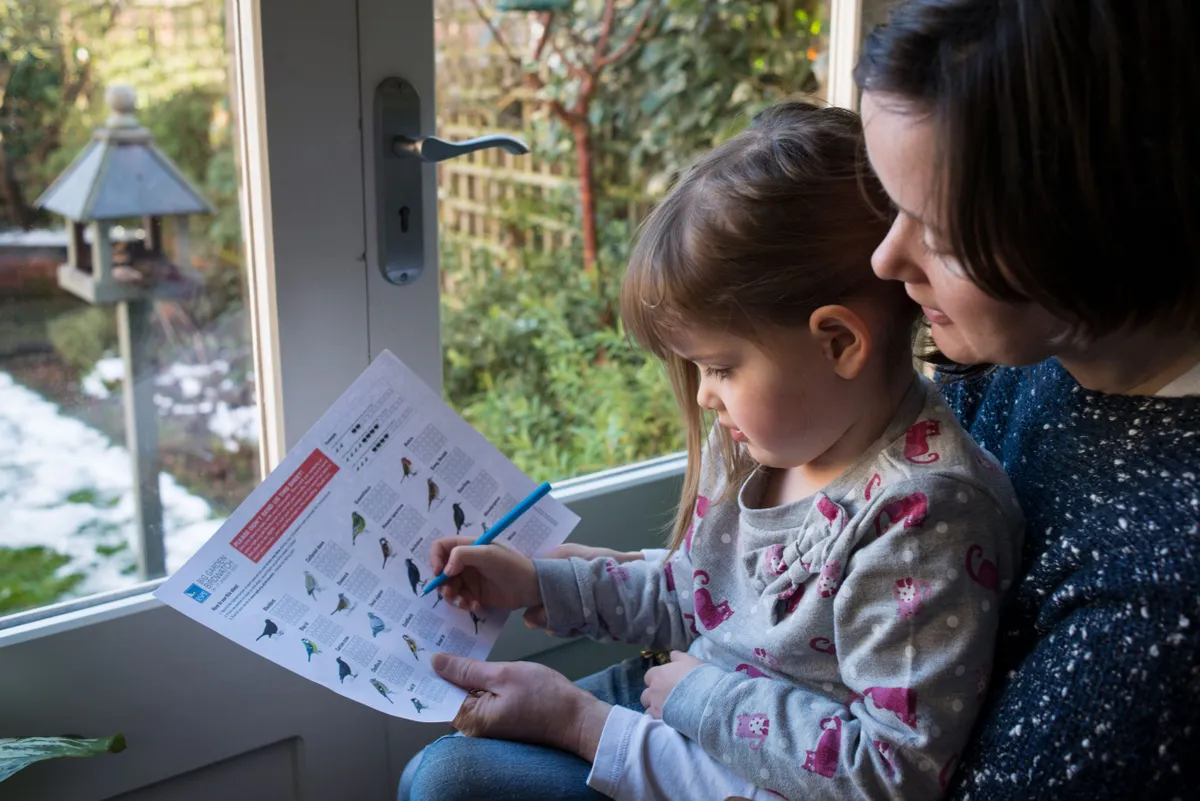
Wildlife sightings from gardens, such as the RSPB Big Garden Birdwatch are particularly important as there are usually relatively few records from more built up areas. By noting down what you saw, when you saw it and where, you can help to build up a clearer picture of wildlife in the UK. Why not leave a simple recording sheet pinned up in your kitchen or on a window ledge so you can note down things as and when you see them? You can then pass all the records onto your local recording centre in one go.
See how to get involved in citizen science projects on discoverwildlife.com
Reuse, recycle and be a responsible shopper
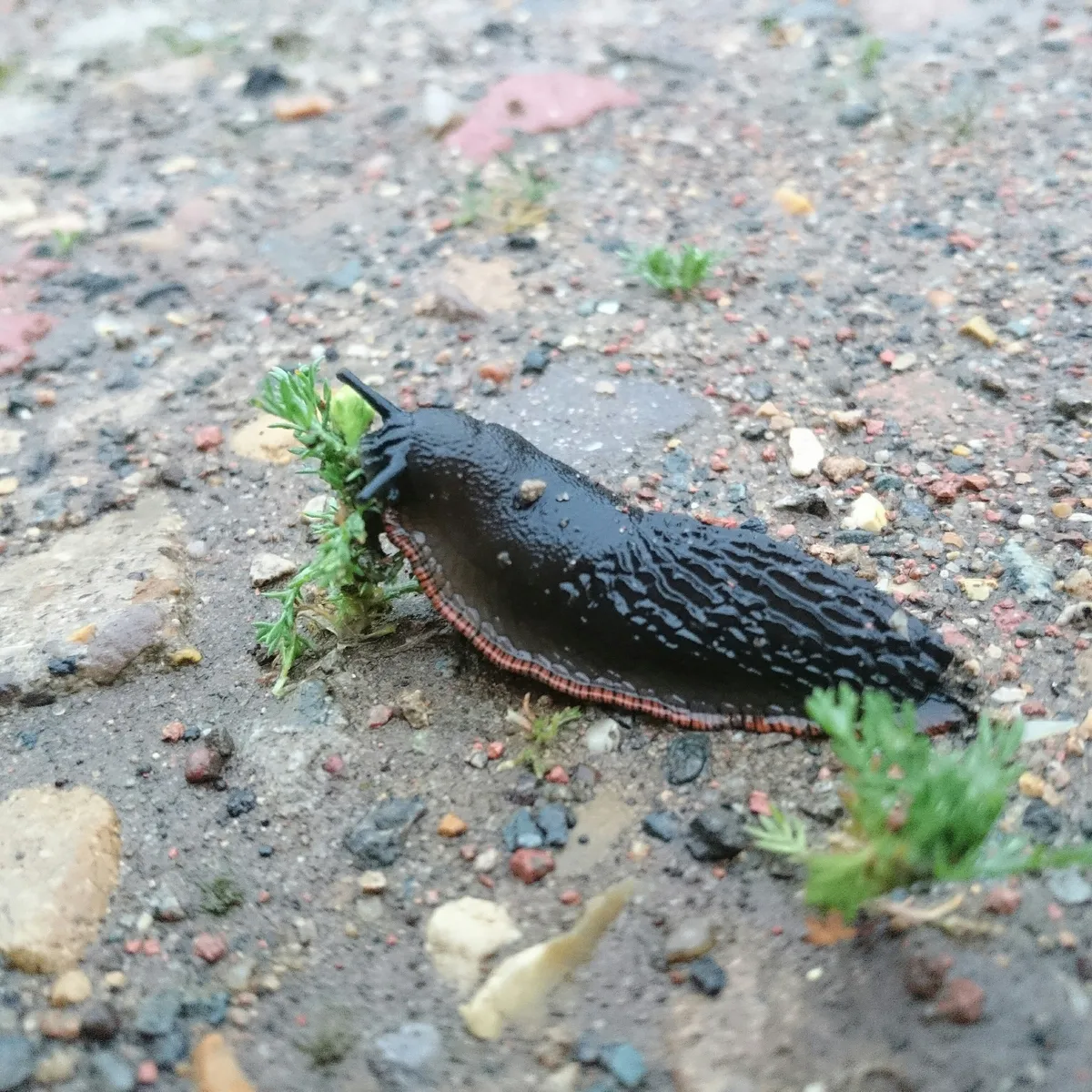
Think about the bigger picture when deciding what to buy for your garden. The distance products have travelled and the processes used for their production can impact the environment. Choose plants that benefit the environment and are not invasive or potentially harmful to the wider countryside and avoid peat based products.
Opting for less harmful pest protection is also a good way to be a more responsible gardener.
Find more green gardening ideas in our handy guide
Wildlife gardening projects
Create a bee house
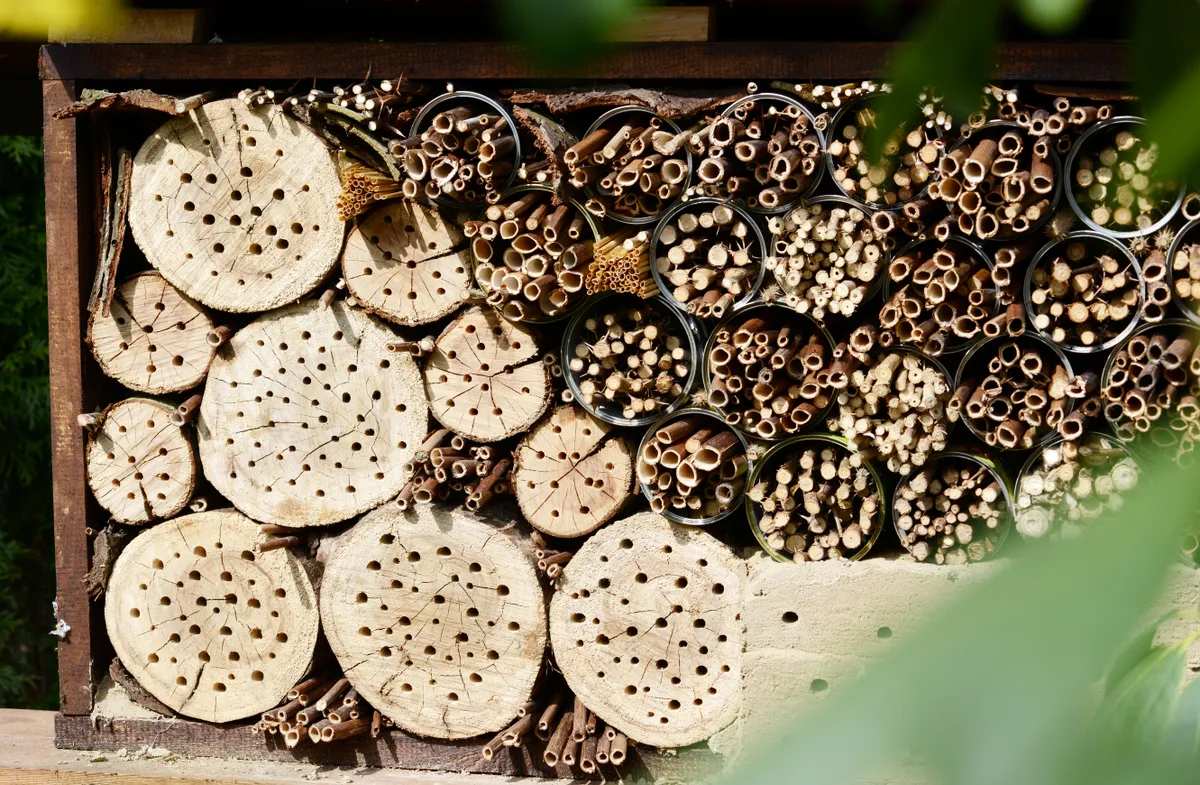
Making your own bee house is a fun way of enticing these essential insects into your garden. Our easy step-by-step guide on how to make a bee house and become your own bee keeper
Make a rock garden
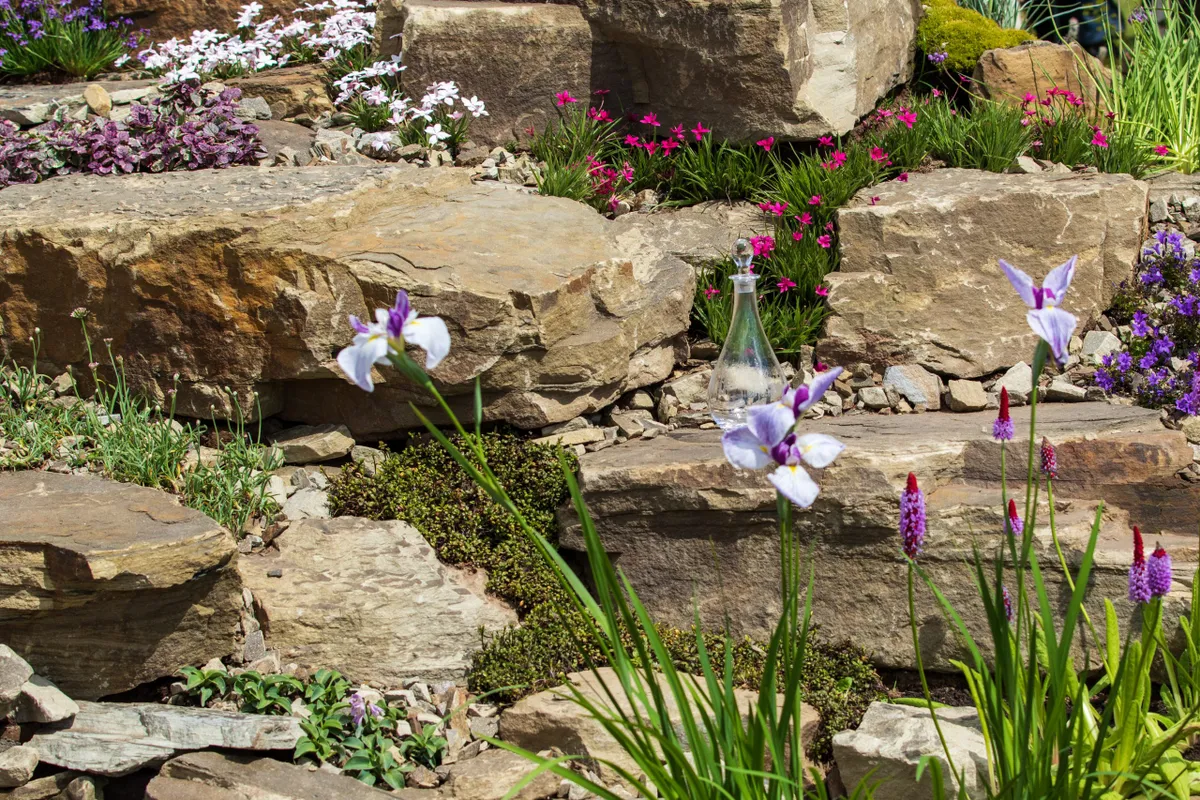
Place flat stones around your garden so mini-beasts can thrive underneath.
Encourage bees with plants
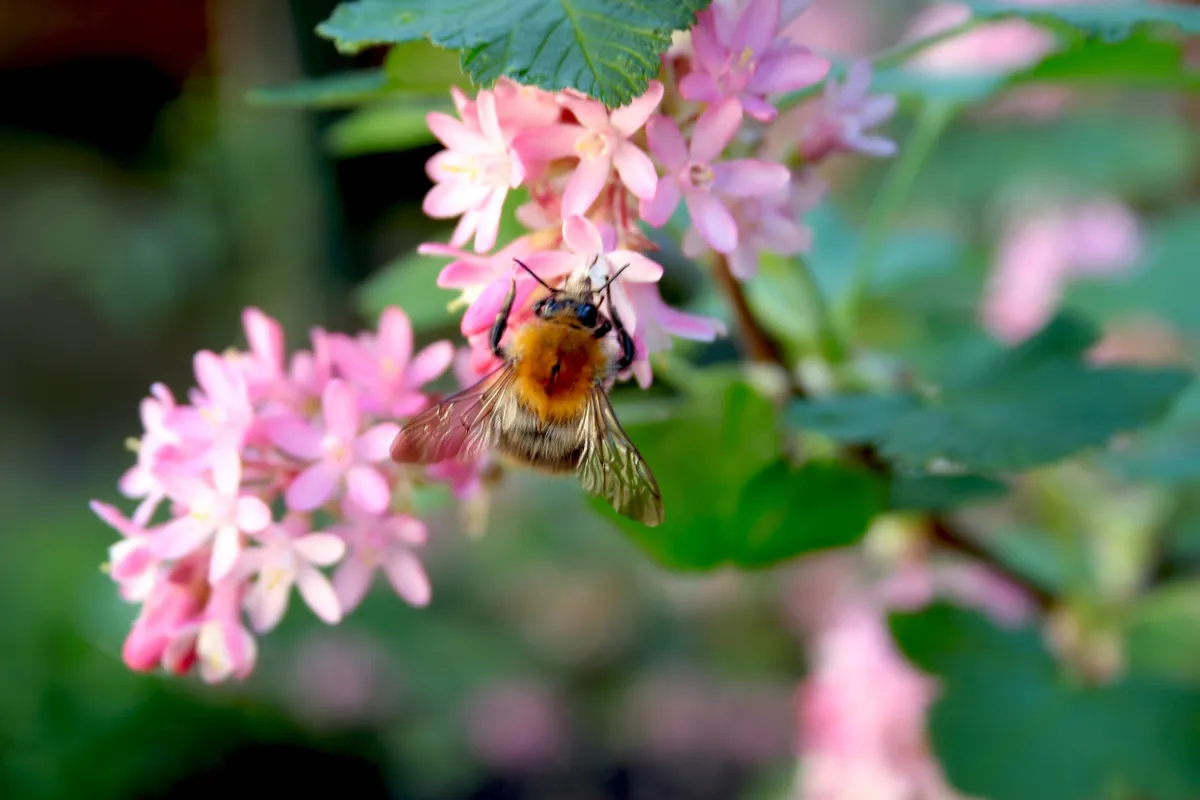
Plant pollen and nectar rich plants such as hardy salvia, lavender and red beckia.
See our planting for pollinators guide
Start a compost heap
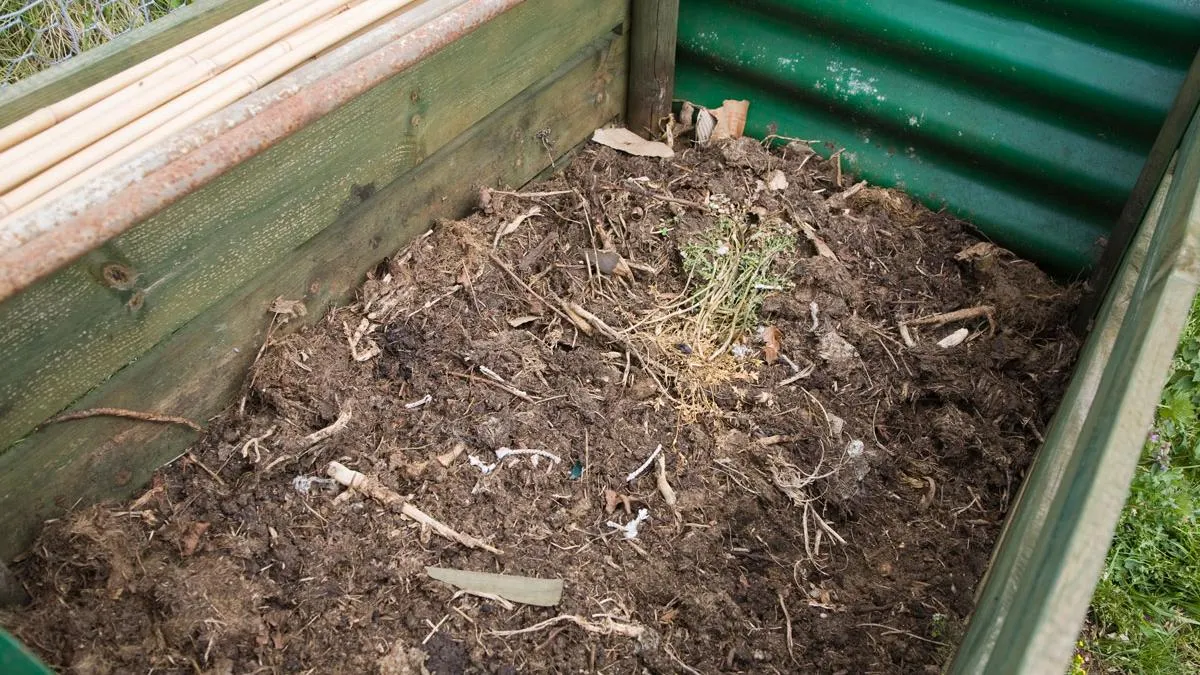
Not only does it help garden plants and wildlife, it also provides shelter to many small creatures who enjoy the heat released by decomposition.
Build a hedgehog house
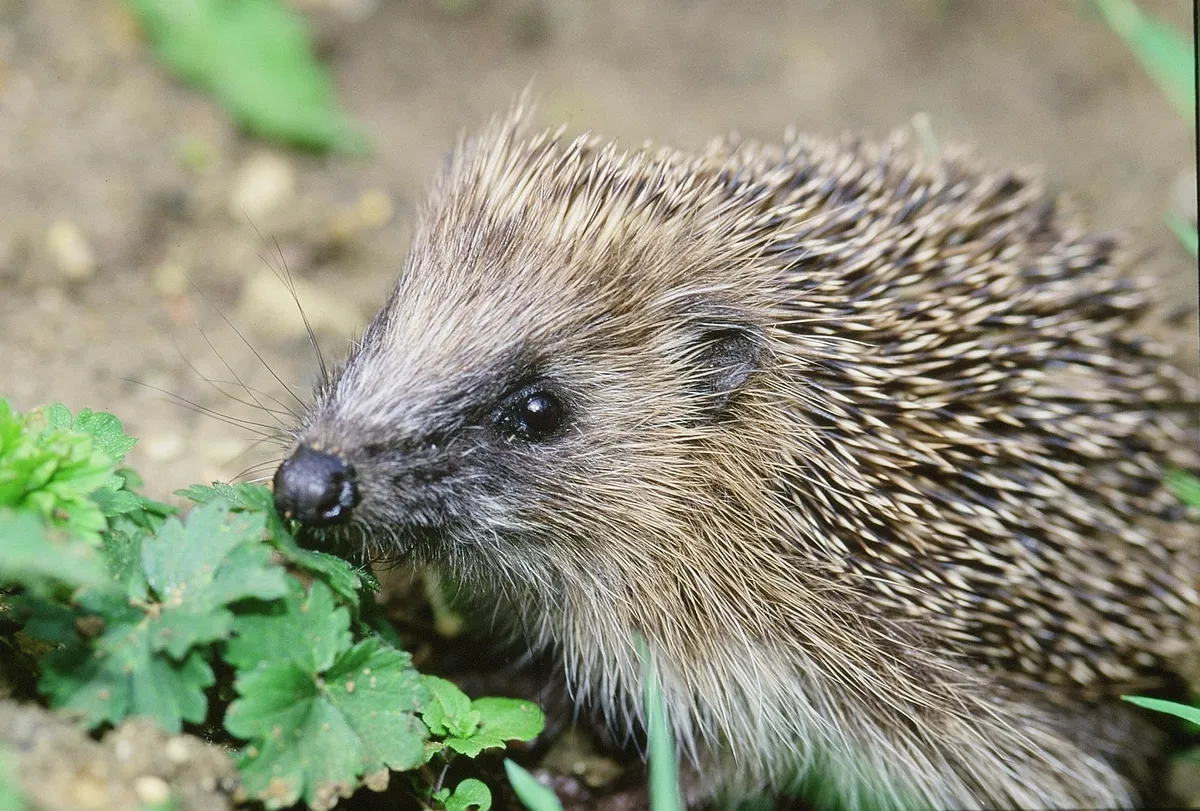
Use any leftover wood you have lying around to make a home for hedgehogs.
Feed the birds
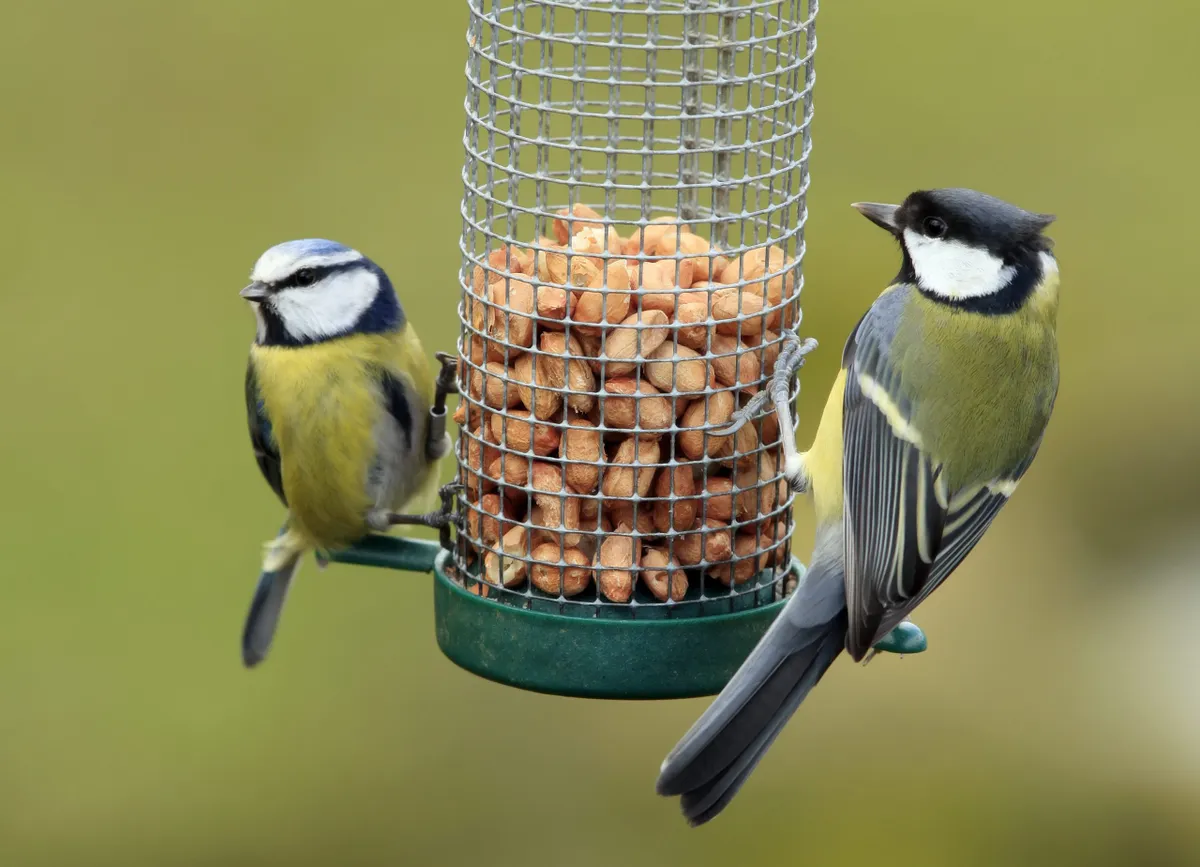
Make an easy bird mix with lard, raisins and peanuts. Mould into balls to put on your bird table, or use a pinecone to create a pretty bird feeder.
How to make a log bird feeder
Encourage butterflies
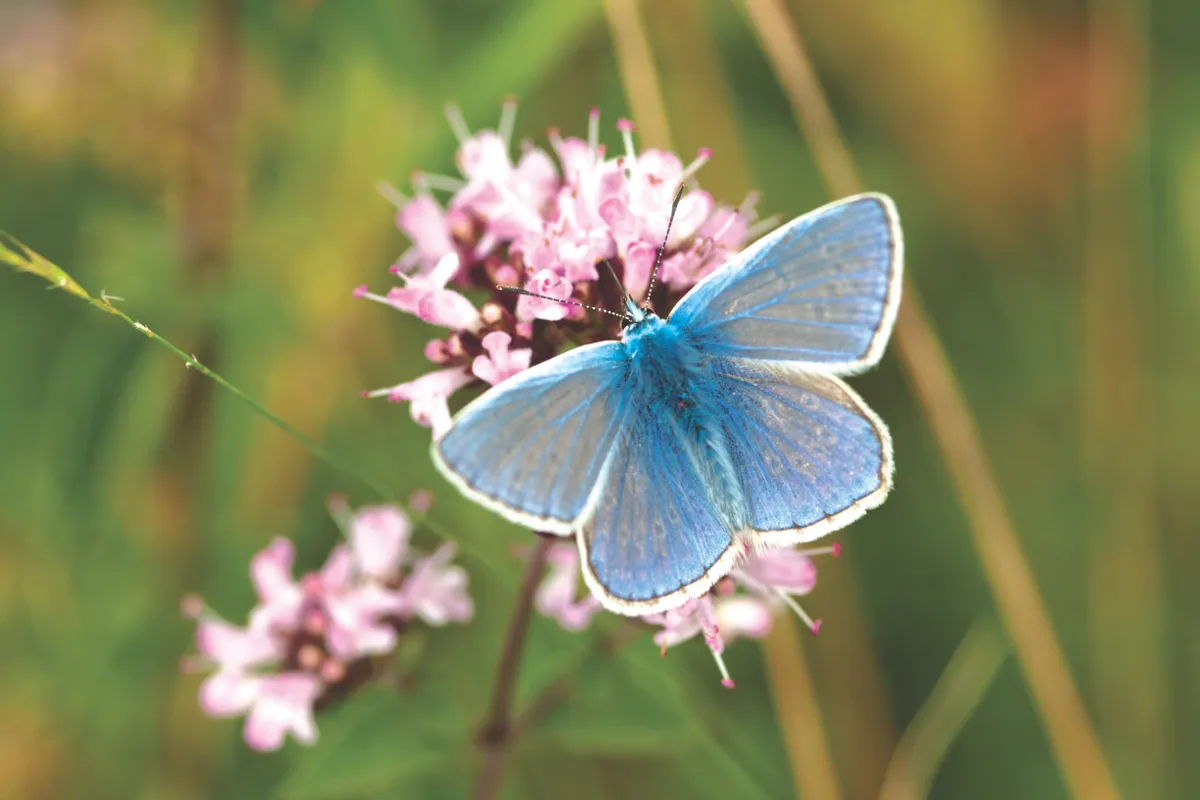
Plant butterfly friendly flowers such as marigolds, lavender and cosmos to encouraged winged beauties to visit.
See our butterfly guide and learn how to identify common species
Leave wood in a shady spot
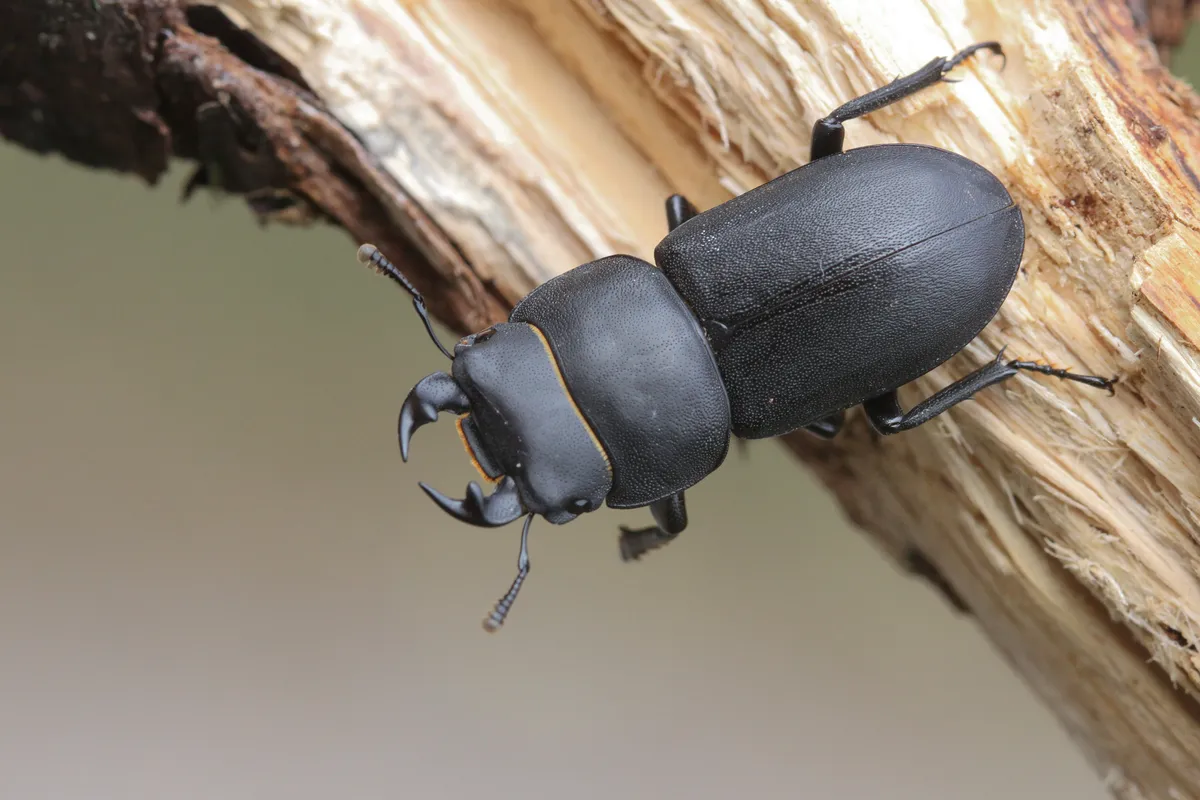
Decaying wood and logs provide a great habitat for a range of wildlife such as bark beetles and their grubs, as well as many species of fungi.
Construct a bug house
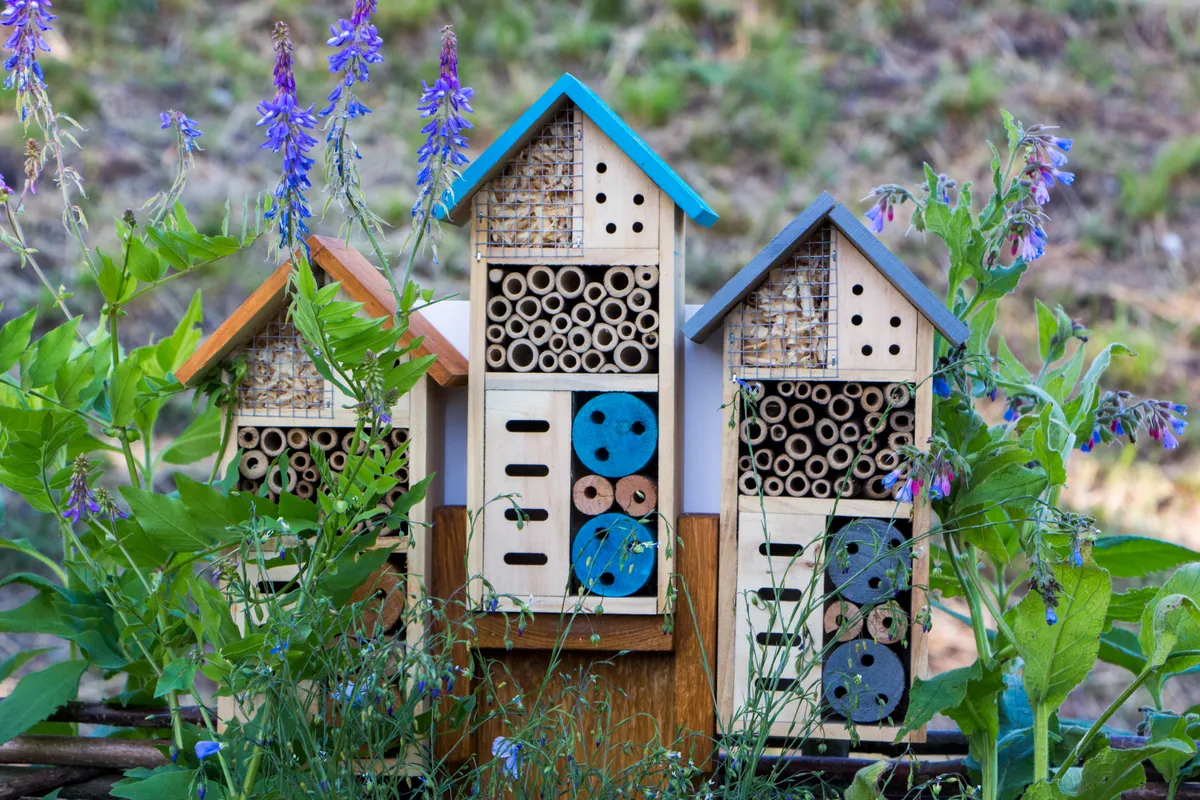
A simple way to make a bug hotel is to take a log and drill a holes into it. Then you can check them for creepy crawlies.
See how to make a bug hotel for your garden insects
Plant honeysuckle and clematis
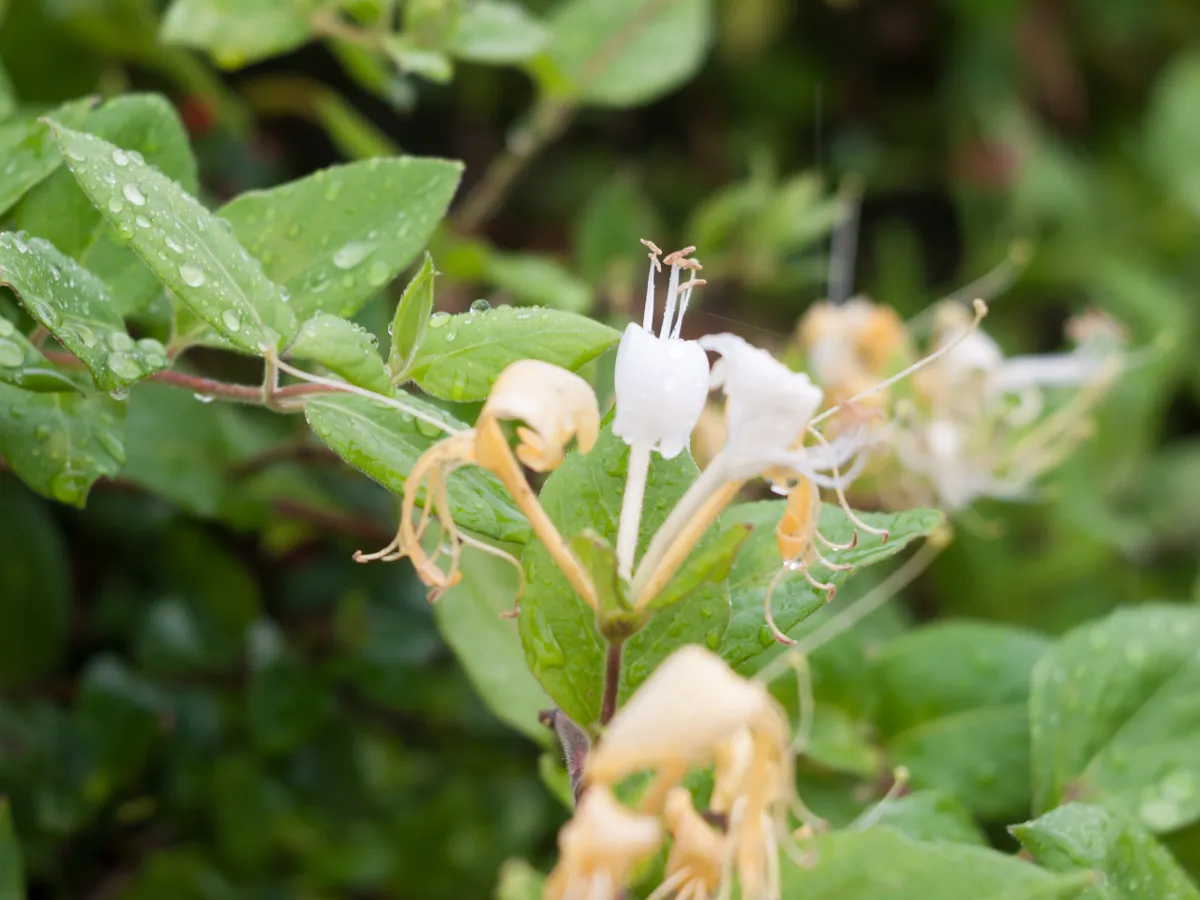
These make ideal nesting habitats, providing shelter and breeding sites for birds.

